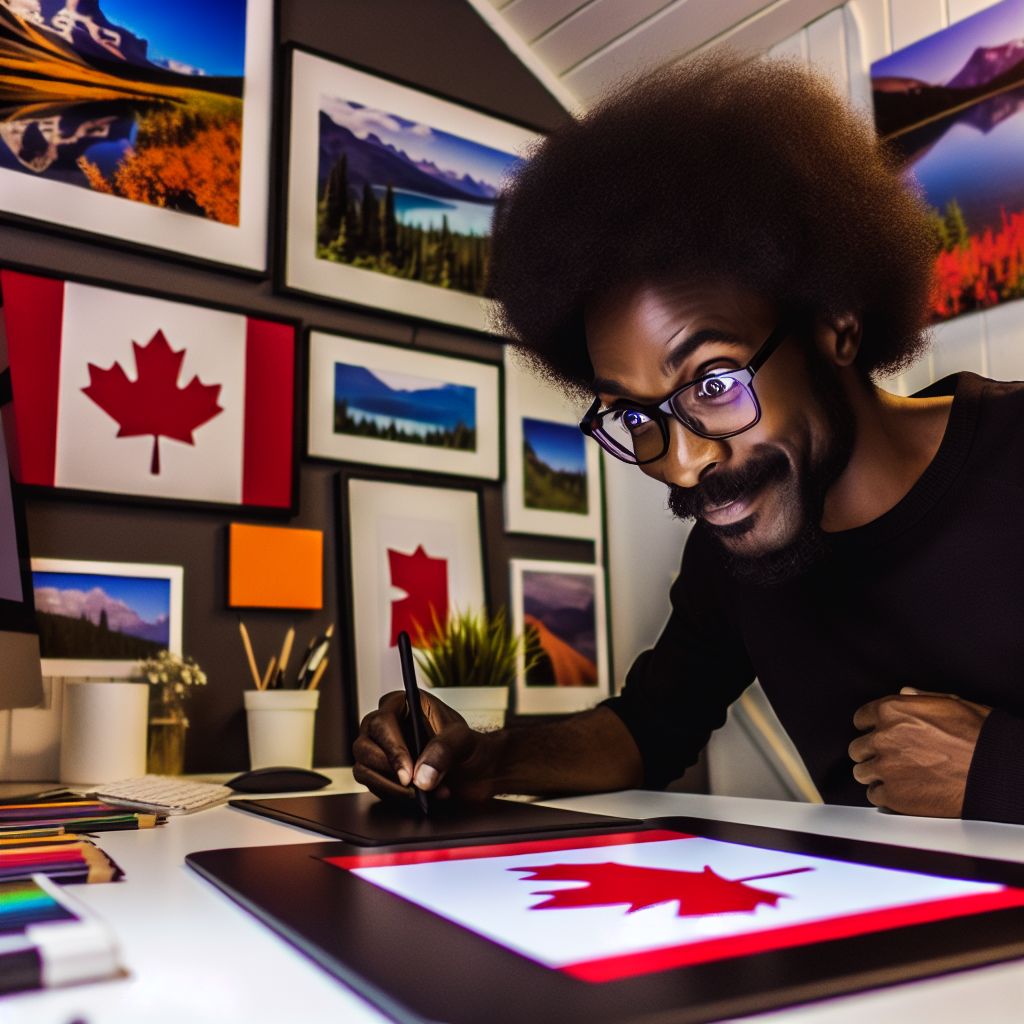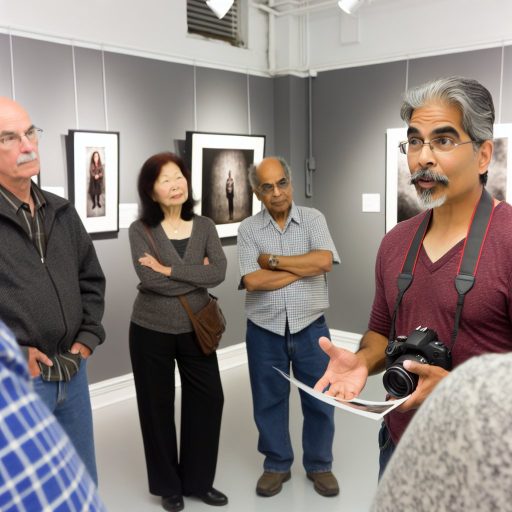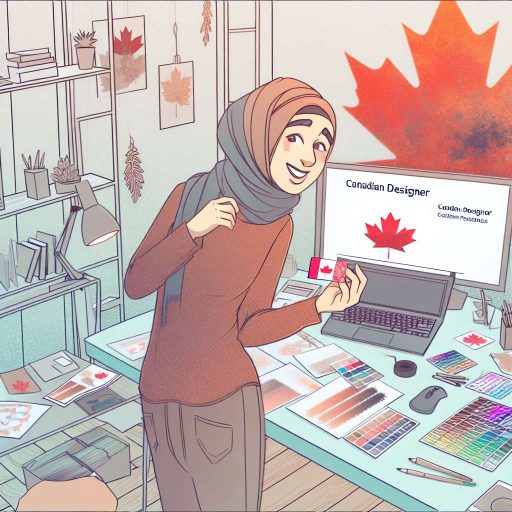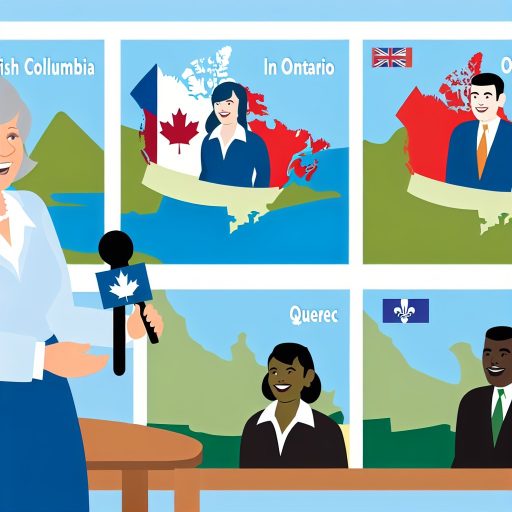Explore Diverse Design Styles and Trends to Ignite Creativity
Understanding Different Design Styles
Diverse design styles enrich a designer’s perspective.
Each style brings unique principles and visual cues.
For example, minimalist design emphasizes simplicity and function.
In contrast, maximalist design celebrates bold colors and eclectic elements.
Exploring these styles enhances creative adaptability.
Keeping Up with Design Trends
Staying updated with design trends is crucial for inspiration.
Following platforms like Behance and Dribbble can spark fresh ideas.
Participating in design challenges expands your creative boundaries.
Additionally, attending design conferences keeps you engaged with experts.
Seeking Inspiration Beyond Graphic Design
Inspiration can come from various fields beyond graphic design.
Exploring architecture reveals intriguing spatial and structural designs.
Fashion design often offers fresh color palettes and textures.
Even nature can serve as a profound source of inspiration.
Engaging with the Design Community
Networking with fellow designers fosters innovation and collaboration.
Joining design groups on social media invites diverse perspectives.
Attending workshops allows for hands-on learning experiences.
Sharing your work for feedback can lead to unexpected insights.
Creating a Design Inspiration Board
A design inspiration board helps you visualize ideas and concepts.
Collect images, color swatches, and typography that resonate with you.
Use platforms like Pinterest for easy organization of inspiration.
Regularly updating your board keeps your ideas fresh and relevant.
Adopting a Growth Mindset
A growth mindset enhances your ability to learn and adapt.
Embrace challenges as opportunities to expand your skills.
Learning new software or techniques can rejuvenate your creativity.
Feeling open to experimentation leads to delightful discoveries.
Unlock Your Career Potential
Visualize a clear path to success with our tailored Career Consulting service. Personalized insights in just 1-3 days.
Get StartedSet Specific Goals and Challenges to Push Personal Boundaries
Define Your Vision
Start by clarifying what you want to achieve as a designer.
Write down your long-term aspirations in graphic design.
Having clear goals provides you with direction.
Create Measurable Objectives
Break down your vision into smaller, measurable goals.
For example, aim to learn a new design software within a month.
This makes your objectives tangible and achievable.
Challenge Yourself Regularly
Set challenges that push your creative limits.
Consider participating in online design contests or hackathons.
These opportunities can spark new ideas and techniques.
Track Your Progress
Keep a journal of your design journey.
Document your challenges, successes, and lessons learned.
This reflection helps you identify areas for growth.
Seek Feedback and Adjust Goals
Share your work with peers or mentors for constructive criticism.
Be open to feedback and use it to refine your objectives.
This interaction fosters a supportive creative community.
Celebrate Your Achievements
Acknowledge your progress, no matter how small.
Reward yourself for reaching your goals and overcoming challenges.
This encourages a positive mindset and fuels further inspiration.
Engage in Creative Exercises
Daily Sketching
Daily sketching helps cultivate your creative muscles.
It encourages experimentation with different styles and techniques.
Try to allocate a short time each day for this practice.
Base your sketches on various themes or random objects.
Don’t worry about perfection; focus on the creative process instead.
Design Prompts
Utilizing design prompts can spark new ideas.
They provide a structure for your creativity to flourish.
Consider using websites that generate daily design challenges.
Alternatively, create your own prompts based on current trends.
Engage with online design communities to share and receive feedback.
Join Creative Workshops
Joining workshops is another way to boost your inspiration.
These events connect you with fellow designers and creatives.
You’ll learn new techniques and insights from industry experts.
Workshops often provide a fresh perspective on familiar concepts.
Additionally, they create an environment for networking and collaboration.
Explore Different Mediums
Experimenting with different mediums can be refreshing.
Consider trying 3D modeling, photography, or digital illustrations.
Each medium offers unique challenges and inspiration.
Branching out broadens your skill set and ignites creativity.
Document your explorations to track your progress and growth.
Engage with Nature
Nature can serve as an excellent source of inspiration.
Spend time outdoors to recharge your creative energy.
Observe colors, shapes, and patterns in your surroundings.
Some designers find that nature walks stimulate new ideas.
Consider incorporating natural elements into your designs.
Uncover the Details: Social Media Strategies for Canadian Photographers
Collaborate with Other Designers to Gain Fresh Perspectives
Embrace Teamwork
Working with fellow designers inspires new ideas.
This collaboration fosters a spirit of creativity.
Try to regularly engage in group projects.
Such experiences deepen your understanding of design concepts.
Participate in Design Workshops
Workshops provide a platform for skill sharing.
These environments encourage interactive learning.
Join workshops led by different designers.
This exposure broadens your design perspective.
Join Online Design Communities
Online platforms connect you with designers worldwide.
Engage in discussions to exchange ideas.
Seek feedback on your work in these communities.
This practice enhances your design skills significantly.
Conduct Design Critiques
Critiquing peers leads to constructive feedback.
This process sharpens your analytical capabilities.
It also encourages open communication among designers.
Furthermore, critiques help identify different design styles.
Attend Design Conferences
Conferences highlight industry trends and innovations.
Listen to talks from established designers for inspiration.
Networking at these events often leads to fruitful collaborations.
Such interactions can ignite your passion for design.
Delve into the Subject: How to Build Long-Term Client Relationships in Photography
Attend Workshops and Conferences to Learn from Industry Leaders
Find Opportunities to Network
Workshops and conferences provide excellent networking opportunities.
You can meet fellow designers and gain new perspectives.
Building connections can lead to future collaborations.
Immerse Yourself in Learning
Participating in these events fosters a commitment to learning.
You will engage with experts who share their experiences.
Additionally, you can attend insightful sessions and tutorials.
Stay Updated on Trends
These gatherings often showcase cutting-edge trends in design.
Staying current helps you evolve as a designer.
Moreover, you can discover new tools and technologies.
Participate Actively
Don’t just attend; participate actively in discussions.
Ask questions and share your own insights with others.
This engagement enhances your professional growth.
Explore Different Perspectives
Listening to varied viewpoints can spark inspiration.
Different design philosophies offer valuable lessons.
Exploring these ideas broadens your creative horizons.
Follow Up After the Event
After the event, connect with people you met.
This helps reinforce the relationships you built.
Consider sharing your thoughts on social media.
Explore Further: Effective Networking Strategies for Graphic Designers

Seek Inspiration from Nature, Art, or Architecture in Everyday Life
Connect with Nature
Nature is a vast source of inspiration for graphic designers.
Observe the colors and shapes found in natural landscapes.
Visit parks or gardens to encounter varying textures and patterns.
Take photographs of inspiring scenes during your hikes or walks.
Use these images as references for future design projects.
Explore the World of Art
Art museums and galleries offer a wealth of creativity.
Study the techniques of famous artists to inform your own style.
Consider the emotional responses different artworks evoke.
Attend art shows or exhibitions in your community.
Participate in workshops to learn new artistic skills.
Appreciate Architectural Design
Architecture combines form, function, and beauty.
Explore local buildings for their unique styles and designs.
Document architectural elements that inspire you.
Consider how light interacts with different structures.
Use architectural inspiration in layouts and graphic elements.
Integrate Inspiration into Daily Life
Keep a sketchbook for capturing spontaneous ideas.
Use your phone to snap pictures of intriguing designs.
Create a mood board with images and notes that inspire you.
Join online communities to share and discuss ideas.
Regularly revisit your sources of inspiration to refresh your creativity.
Find Out More: Daily Tasks and Workflow of a Professional Archivist
Dedicate Time for Self-Reflection and Assess Personal Design Philosophy
The Importance of Self-Reflection
Self-reflection is essential for graphic designers.
It allows you to understand your creative journey.
Regular reflection can enhance your design skills.
Moreover, it helps you identify your strengths and weaknesses.
Setting Aside Time
You should schedule dedicated time for self-reflection.
Consider blocking time each week for this purpose.
This ensures you remain consistent in your practice.
During this time, focus on your recent projects.
Evaluating Your Design Philosophy
Your design philosophy shapes your creative decisions.
Take time to assess what influences your designs.
Identify the core values that guide your creative process.
Additionally, consider how your experiences have impacted your style.
Gathering Feedback
Seek feedback from peers and mentors.
Constructive criticism provides valuable insights.
It can reveal blind spots in your work.
Embrace this feedback and use it to grow.
Documenting Your Thoughts
Keep a journal to document your reflections.
Writing down your thoughts helps clarify your ideas.
Moreover, it allows you to track your progress over time.
By revisiting past reflections, you can see how you have evolved.
Staying Open to Change
Your design philosophy should adapt over time.
Stay open to new influences and ideas.
Embracing change fosters creativity and innovation.
Remember, growth is a continual process in design.
Limit Distractions and Create a Dedicated Workspace to Enhance Focus
Establishing a Distraction-Free Environment
A distraction-free workspace enhances your creativity and productivity.
First, identify the distractions that interrupt your flow.
Common distractions can include phone notifications and noise.
Next, consider using noise-canceling headphones during your design sessions.
Additionally, limit your access to social media while working.
Setting specific times for checking messages can be beneficial.
Creating a Dedicated Workspace
Your workspace greatly influences your mental state.
Select a quiet area in your home or office to set up your workspace.
Ensure your workspace is well-lit and organized.
Incorporate personal touches, like art or plants, to inspire creativity.
Keep tools and materials within reach to maintain focus.
A clean workspace fosters a productive mindset.
Structuring Your Work Routine
Establishing a routine helps maintain consistency in your work.
Start your day with a defined task to build momentum.
Take regular breaks to recharge your mind and prevent burnout.
Consider using the Pomodoro Technique to manage time effectively.
Finally, reflect on your daily accomplishments to stay motivated.
Additional Resources
Hannah Ferris – Graphic Designer – Answers in Genesis | LinkedIn
People with careers in art, is it worth it? : r/ArtistLounge




